The Complicated Issue of Surfacing - Mara Kaplan
You cannot even begin to design an inclusive playground if you have not dealt with that most basic concept of ensuring that everyone can access your space. The number one barrier to a playground is surfacing. When I was traveling this summer, I saw many instances of non-maintained surfacing that impacted not only the accessibility of the playground, but also the safety.
Surfacing selection is complicated. It is a huge decision that will dramatically impact the budget. Too many groups make their decision based only on initial cost, which may or may not be the best decision for that particular playground. I strongly encourage each playground owner/operator or community group that is working on a playground to spend a significant amount of time and research before making a surfacing decision. There are multiple factors you will need to be aware of as you proceed.
To start with there is not just one law that you need to follow with surfacing, but two. You need to be concerned about how the surface is protecting children when falling, as well as how the surfacing enables people using a mobility device to move through the playground.
Let's examine safety first:
The safety standard is ASTM F1292. The primary function of playground safety surfacing is to provide long-term, consistent protection from serious head injuries in the event of a fall. Notice that the standard for safety surfacing is not concerned with breaking an arm or leg. All the standard looks at is serious head injuries.
Playground safety standards require that playground surfaces pass a certain level of safety performance. Two key impact absorbing properties are measured. They are HIC (head injury criteria) and GMAX, and they both relate to the ability of the surfacing system to absorb impact or soften falls. The standard allows for a maximum HIC reading of 1000 and a maximum GMAX reading of 200. In order for a surface to meet the standard, it must provide readings below these numbers at a per-specified height.
When exploring the type of surfacing you want, ask the playground flooring supplier for laboratory test reports illustrating the HIC rating of their playground surfacing at your specified fall height. The HIC rating should be better than the minimum requirements of the playground safety standard by at least 30%. The lower the HIC score, the safer the playground surface and the higher the probability that it will remain safe for many years.
I would recommend that you include a requirement for field testing of your installed playground surface as part of your purchasing contract. Field testing of your installed playground surface is the only way to demonstrate that the surface is performing to the claims of the manufacturer. The “feel” of the surface (hardness vs. softness) can have very little correlation with the impact attenuation performance of a system. If a supplier is unwilling, or unable to provide this service, find a new supplier.
For a more thorough examination of playground surfacing standards, please read Ken Kutska's two columns about surfacing: Evaluating Playground Surfacing and Clarifying Compliance.
The second standard to explore is ASTM F1951:
This standard evaluates the accessibility of a surface by measuring the work an individual must exert to propel a wheelchair across the surface. The standard includes tests of effort for both straight-ahead and turning movements, using a force wheel on a rehabilitation wheelchair as the measuring device. To meet the standard, the force required must be less than that which is required to propel the wheelchair up a ramp with a slope of 1:14.
The standard also says that it is the responsibility of the owner/operator to keep the surfacing maintained.
Basically, we are looking for a surface that is flat, stable, firm, and doesn't displace. This standard, even before we consider the safety standards, eliminates the use of sand, pea gravel, and wood chips (not engineered wood fiber). What is left is five different types of surfacing that can be divided into the categories of loose fill and unitary surfacing material. The loose fill choices are engineered wood fiber and crumbed rubber. The unitary surfacing choices are poured-in-place (PIP), tiles, and artificial turf with rubber filling. All of these have their pros and cons.
Recently the National Center on Accessibility released their research, A Longitudinal Study of Playground Surfaces.
In the summary of the report, it states:
“Results from this study indicate there is no perfect playground surface. Even within 12 months of installation, each type of surface has had some sort of issue or series of issues that may affect the product’s performance and contribute to the necessity and frequency of surface maintenance to assure accessibility and safety for use by children on a daily basis.”
It continues:
- A playground surface with poured-in-place rubber had a use zone found in non-compliance with the ASTM standard for impact attenuation.
- Playgrounds surfaced with tiles were observed with puncture holes, buckling and separating seams that created openings and changes in level on the accessible route.
- Inaccessible routes with undulating surface material were identified at playgrounds with engineered wood fiber.
- A build-up of static electricity was found at one of the hybrid surface (synthetic turf) locations.
Other interesting study findings outlined in the report include:
- Playground sites with loose fill engineered wood fiber were found to have the greatest number of deficiencies affecting the accessible route to play components. These deficiencies were found to be more prevalent within the first year of installation.
- Deficiencies, such as excessive running slope, cross slope, changes in level, and openings for poured-in-place rubber, tiles and hybrid surface systems began to emerge 24-36 months after installation.
- In some instances, surface materials were not installed according to manufacturers’ recommendations to achieve an accessible surface.
- A playground surface with fewer accessibility deficiencies and a lower measurement for firmness and stability did not necessarily meet the safety standards for impact attenuation.
- Surface cost for material cannot serve as an indicator or predictor of performance.
You can obtain a full copy of the report, here.
To complicate the surfacing issues even more, a family brought a suit with the U. S. Department of Education saying that the playground at their child's school playground in Florida was not accessible. According to the resolution letter, the playgrounds were surfaced with wood fiber mulch, and the playground owner had provided documentation of the accessibility of the surface system. However, upon visual inspection, areas of the ground surface within the play area were lumped together, uneven, and not smooth for wheelchair access. Further, Office of Civil Rights (OCR) found that the ground surface did not appear to be regularly and frequently maintained. As a result, OCR is requiring the school district to make corrective actions to improve accessibility at the three playgrounds.
The weight of case law now puts even more emphasis on the importance of maintenance, especially with engineered wood fiber.
Here are the top 10 questions I would ask when considering surfacing:
- What is our budget?
- What is our maintenance capability in terms of staff and money?
- What is the highest HIC rating we are willing to accept?
- How will the surfacing hold up in our climate?
- Can we get an on-site test of the surfacing after it is installed?
- How does the surfacing enhance or detract from the play value?
- Can we put designs in the surfacing?
- How do we maintain the surfacing?
- What is the warranty?
- Who will be doing the installing?
- Are the installers trained or certified by the manufacturer?
To help you further explore the pros and cons of the different surfacing materials, the Inclusive Play Design Guide includes a chart exploring the different types of surfacing. You can download your copy for free.
Because the issue of surfacing is so complicated, the Access Board and the National Center on Accessibility have recently come out with a publication entitled Surfacing the Accessible Playground: 7 Things Every Playground Owner Should Know About the Accessibility of Their Playground Surfaces that addresses the issues I have discussed in this column in more detail.
Sources:


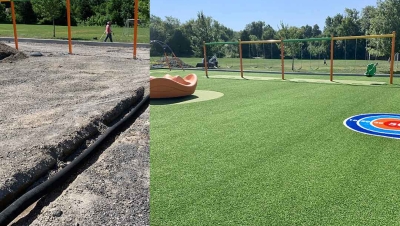
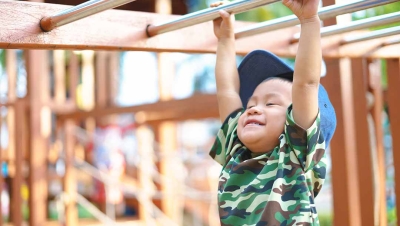
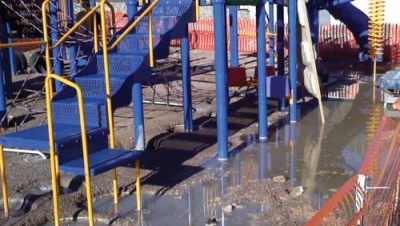


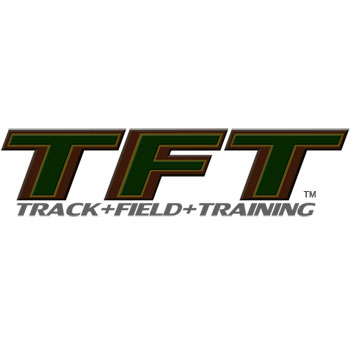

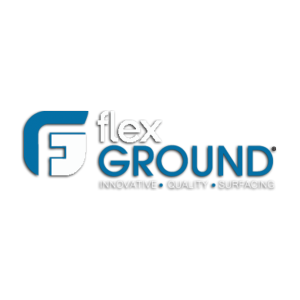
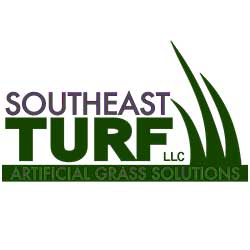

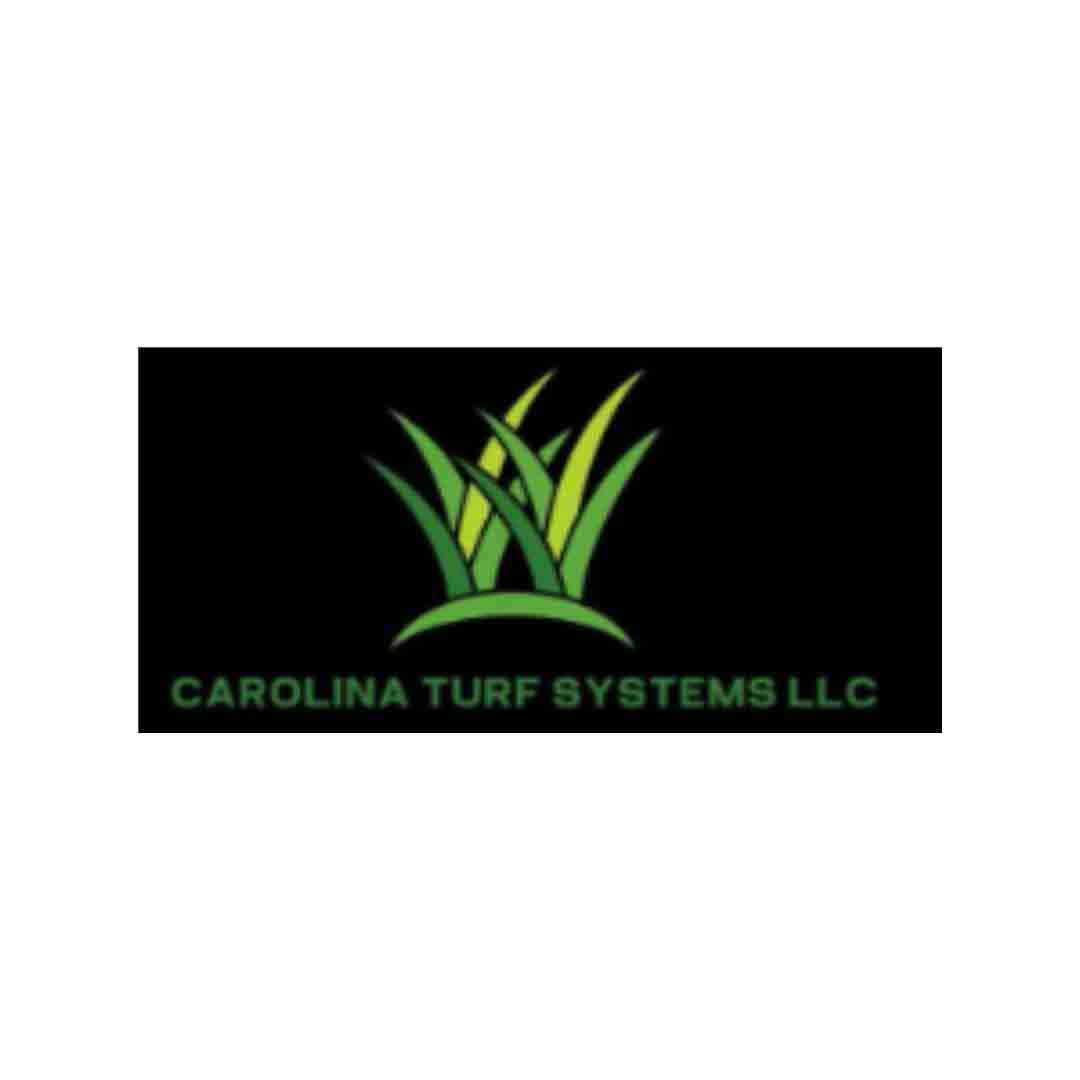
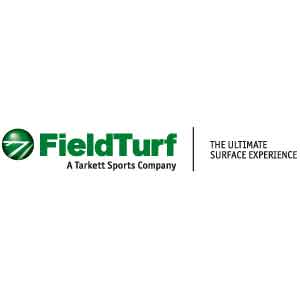
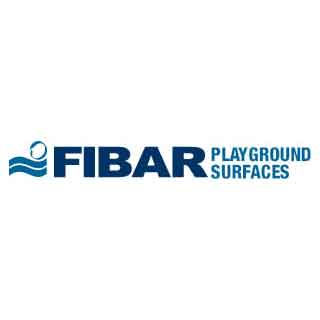
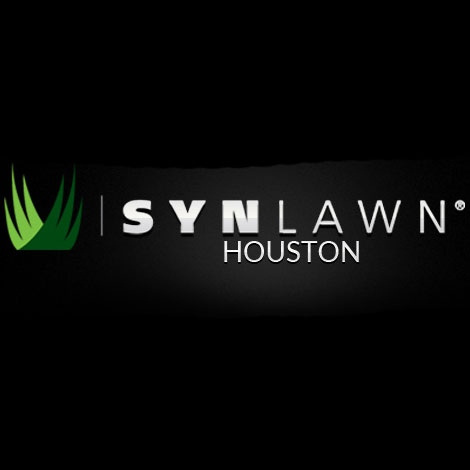

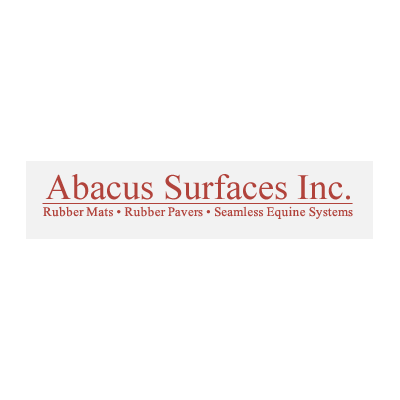

Subtle Correction on ASTM Standards
There is a little bit of an error, probably unintentional in the accounting of ASTM guidance on surfacing. ASTM F1292 establishes the testing standards for critical height ratings for surfacing. ASTM F2223 is the Standard Guide for ASTM Standards on Playground Surfacing, and is the more appropriate document for playground owners/operators who are considering surfacing material choices.
Additionally, ASTM F2075 is the pertinent guidance from ASTM for Engineered Wood Fiber (EWF) playground surfacing.
Falls to surfacing are the most common cause of playground injury, so surfacing is important, but unfortunately, as the article states, is too often a decision made solely on initial cost. EWF isn't a wrong choice, necessarily, but playground/property owners need to understand the compaction and decomposition issues that come with it, and the need for regular (like annual or more often, depending on the volume of users) topping off. Also, loose-fill surfacing requires maintenance. You have to keep foreign debris out of it, and it must be raked to level displacement areas like swings and slide exits.
There are a lot of options for playground surfacing, and playground/property owners should ensure they have done their due diligence before making a decision from a purely financial perspective.